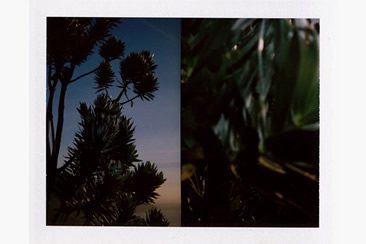Digital imagery, colour correction and post-production are so commonplace as to be second nature to the photographers of today, and it takes quite a stretch of the imagination to conceive of a time when colour film was still an experimental medium. When Life magazine approached Ernst Haas to shoot New York in colour in 1952, it was very much an avant garde project, but one that the Austrian immigrant embraced.
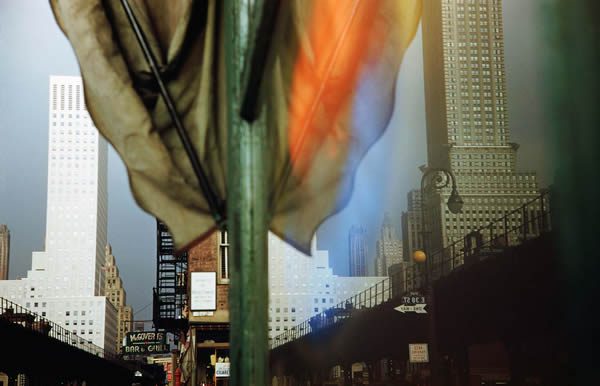
Third Avenue Reflection,
New York City, USA, 1952
© Ernst Haas Estate/
Les Douches la Galerie, Paris
Haas, who had arrived in America the year before, had risen to prominence with his hard-hitting 1949 photo-essay Homecoming Prisoners of War, compiled in his native Vienna as a 26-year-old. Now, in a new country brimming with optimism and with the dark shadow of Nazi persecution behind him, colour film seemed like stepping out into the light.
Haas went on to be the major driving force behind the popularisation of colour photography in the 1950s. Editors and readers alike loved his work for its accessibility and immediacy, although the complexities of the later New Colour movement, led by the younger generation, led to criticisms of simplicity and commercialism in Haas’s work. Regardless of such snobbery, Haas stands as a luminary of 20th Century photography, and his 1962 retrospective is seen as a seminal moment and huge influence on later practitioners.
Haas went on to publish numerous best-selling photography collections, as well as working in Hollywood on moving pictures and television. Paris gallery Les Douches la Galerie is offering a chance to view a selection of Ernst Haas’ best work; Colour Proof runs until 23 December.
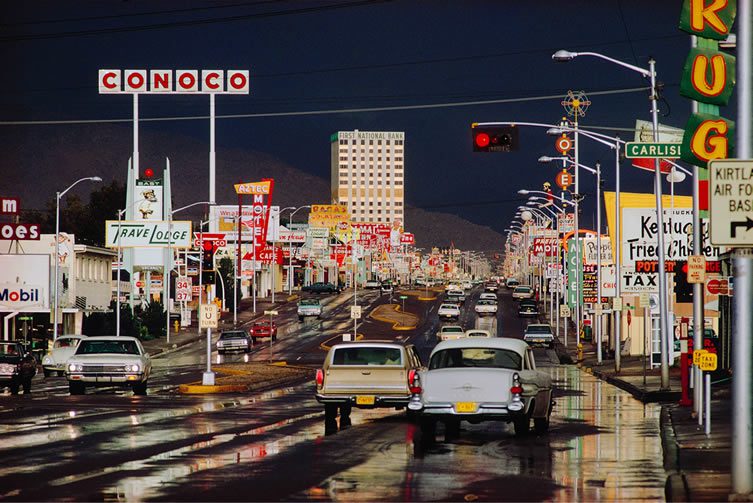
Route 66, Albuquerque, NM, 1969
© Ernst Haas Estate/Les Douches la Galerie, Paris
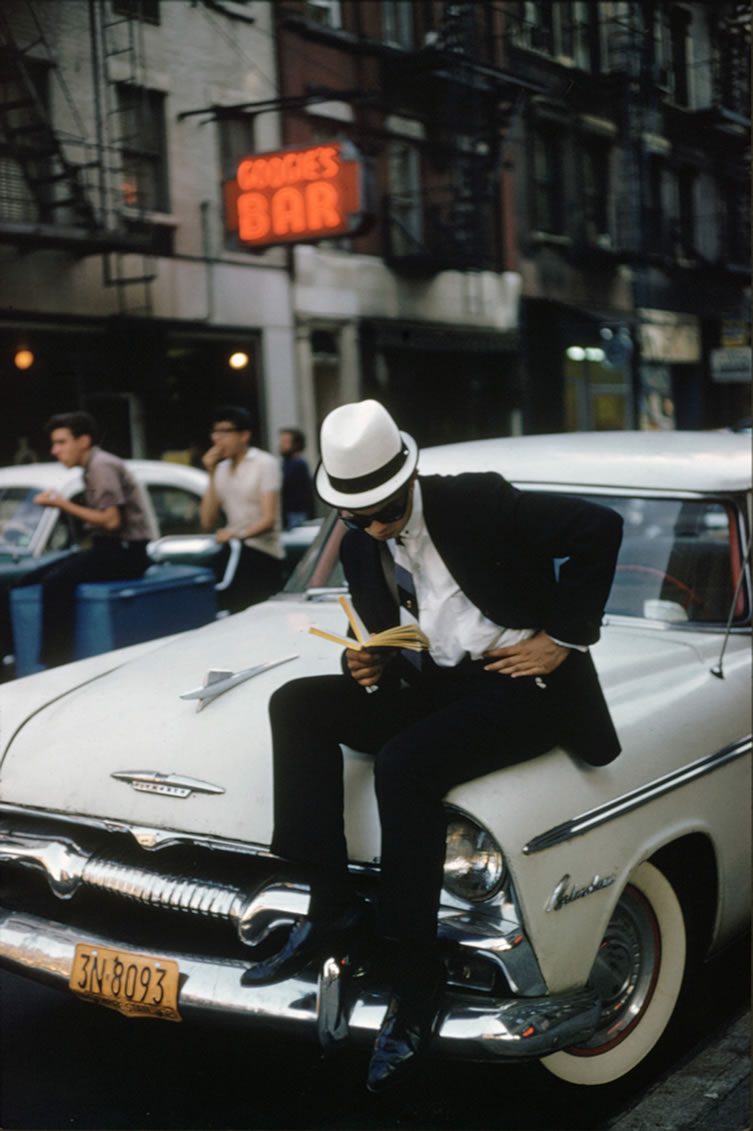
New York City, 1962
© Ernst Haas Estate/Les Douches la Galerie, Paris
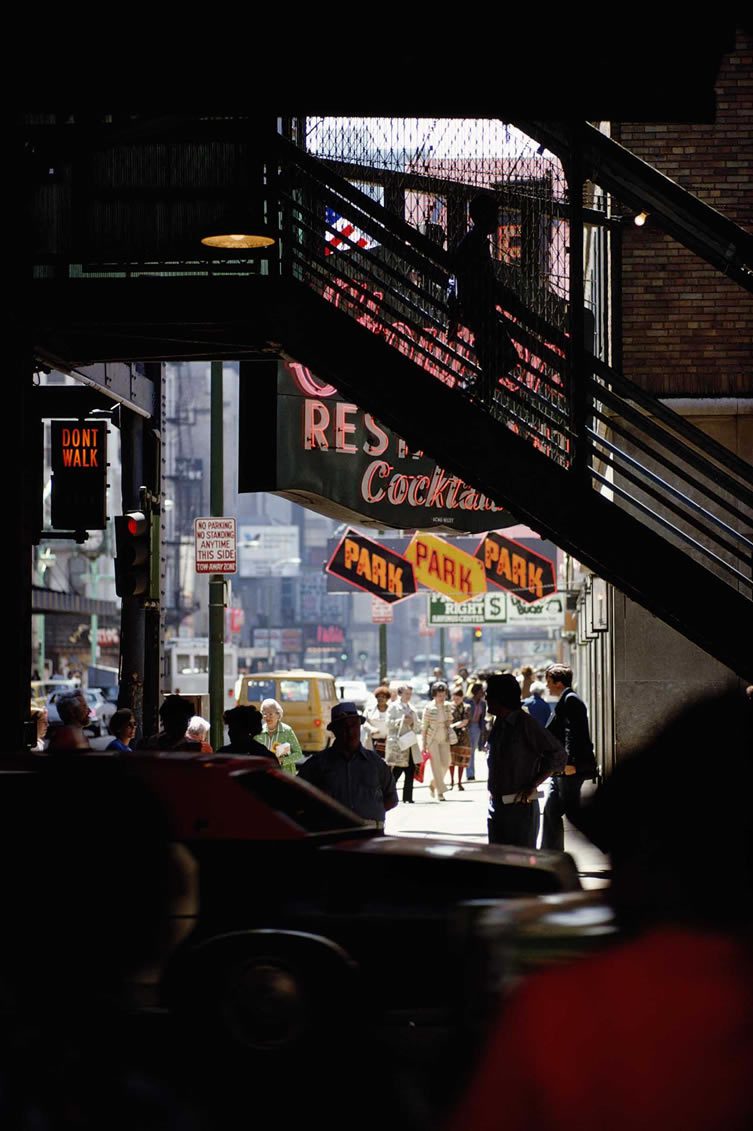
New York, early ’70s
© Ernst Haas Estate/Les Douches la Galerie, Paris
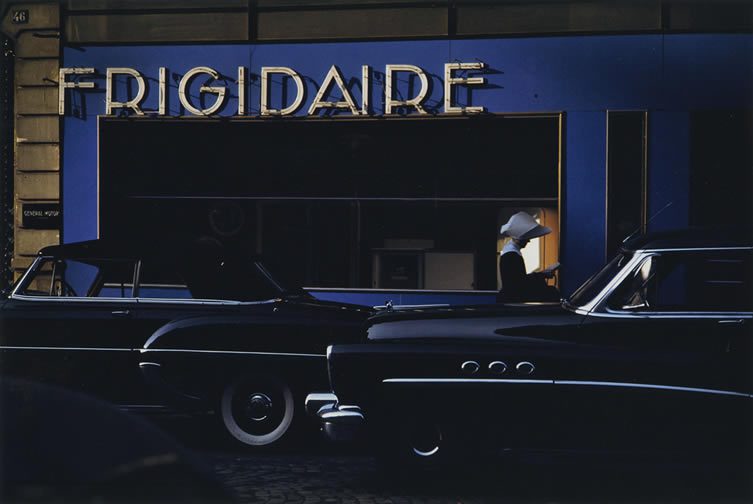
Frigidaire, Paris, 1954
© Ernst Haas Estate/Les Douches la Galerie, Paris
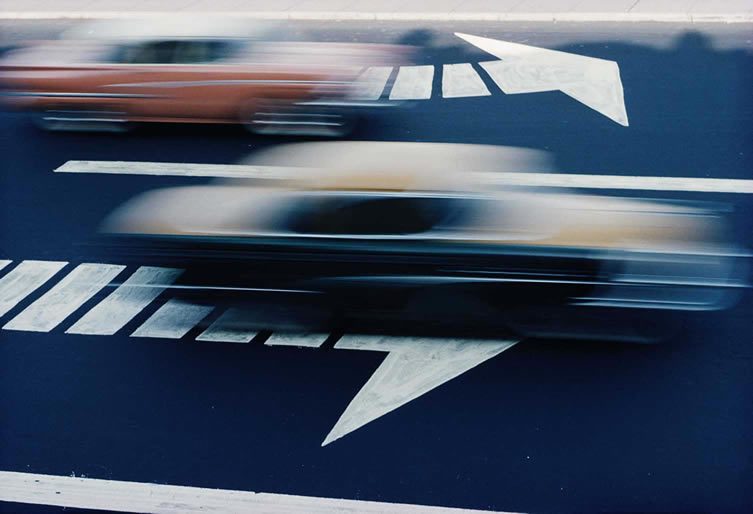
Traffic, New York City, 1963
© Ernst Haas Estate/Les Douches la Galerie, Paris
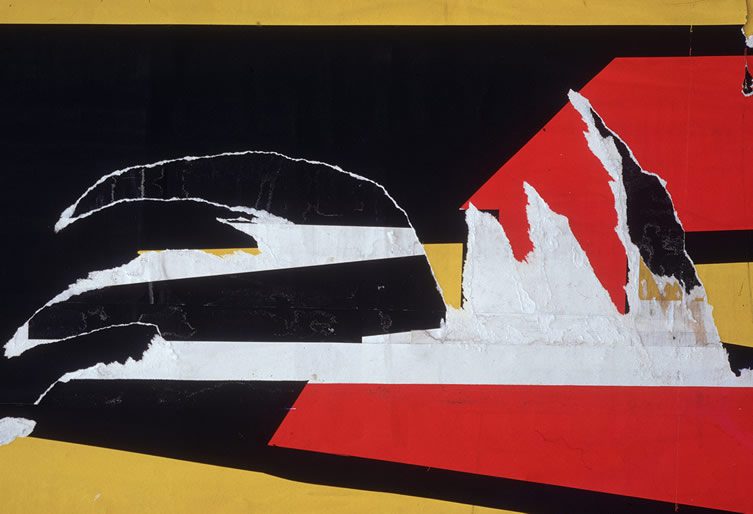
Torn Poster I – Wave, NVC, 1968
© Ernst Haas Estate/Les Douches la Galerie, Paris
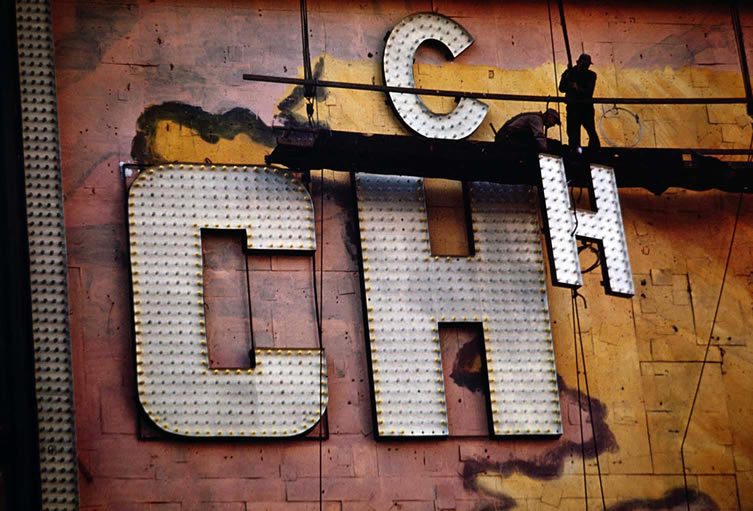
New York, 1955
© Ernst Haas Estate/Les Douches la Galerie, Paris

